Natural crystals
A natural crystal refers to a mineral that has formed naturally in the Earth’s crust through geological processes, typically over thousands or millions of years. Crystals are solid substances where the atoms, molecules, or ions are arranged in a highly ordered, repeating pattern extending in all three spatial dimensions. These naturally occurring structures are valued not only for their beauty but also for their metaphysical, spiritual, and healing properties in various cultures.
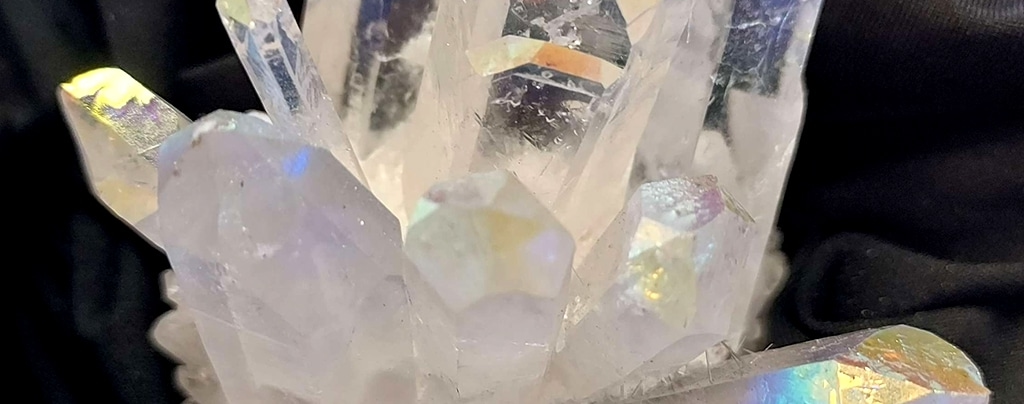
Characteristics of Natural Crystals:
- Formation:
- Natural crystals form through processes like cooling of molten rock (magma), evaporation of water, or precipitation from mineral-rich fluids. As these materials cool or crystallize, they arrange themselves into specific patterns based on their chemical composition.
- Structure:
- The defining characteristic of a natural crystal is its ordered atomic structure. Crystals often have well-defined geometric shapes with flat surfaces called faces, edges, and vertices. These formations can include regular shapes like cubes, hexagons, or octahedrons.
- Types of Crystals:
- Physical Properties:
- Hardness: Crystals can range in hardness, with some like diamond being extremely hard (10 on the Mohs scale), while others like calcite are much softer (3 on the Mohs scale).
- Color: Crystals can be a wide range of colors depending on their chemical composition and any impurities present. For example, amethyst is purple due to iron impurities, while rose quartz gets its color from titanium or other trace elements.
- Transparency: Crystals can be transparent, translucent, or opaque, depending on how the crystal structure and impurities affect the passage of light through the mineral.
- Healing and Metaphysical Properties:
- Many natural crystals are believed to have metaphysical properties and are used in energy healing, meditation, and spiritual practices. These properties are thought to affect the body’s energy field, balancing emotions, promoting well-being, and even healing physical ailments.
- Amethyst is known for its calming and purifying energy.
- Clear Quartz is considered a “master healer” and is used to amplify energy.
- Rose Quartz is associated with love and emotional healing.
- Citrine is thought to promote abundance and personal power.
- Turquoise is believed to offer protection and purification.
- Many natural crystals are believed to have metaphysical properties and are used in energy healing, meditation, and spiritual practices. These properties are thought to affect the body’s energy field, balancing emotions, promoting well-being, and even healing physical ailments.
- Common Uses:
- Jewelry: Crystals are commonly used in rings, necklaces, bracelets, and earrings. Amethyst, emerald, sapphire, and diamonds are some of the most famous gemstones used in fine jewelry.
- Healing Stones: Crystals are often carried or worn as healing stones or placed in homes and workspaces for their purported healing effects. Some people use crystals in crystal grids to focus energy on specific intentions.
- Collecting: Many people collect natural crystals for their beauty, rarity, and metaphysical significance. Geodes, clusters, and individual specimens are highly sought after by collectors.
- Industrial Uses: Crystals like quartz are used in various technological applications, including watches, electronics, and optics due to their ability to vibrate at stable frequencies.
Common Natural Crystals and Their Features:
1. Quartz
- Types: Clear Quartz, Rose Quartz, Amethyst, Citrine, Smoky Quartz, Rutilated Quartz.
- Properties: Known as the “master healer,” Quartz amplifies energy and is used for healing, meditation, and enhancing other crystals.
- Color: Ranges from clear to various shades of pink, purple, yellow, and brown.
2. Amethyst
- Properties: A variety of quartz, Amethyst is believed to bring calmness, spiritual protection, and emotional healing. It’s also used to aid in intuition and clarity.
- Color: Purple, ranging from pale lavender to deep violet.
3. Agate
- Properties: Agate is thought to provide balance and harmony, grounding emotions and improving concentration.
- Color: Agate comes in various colors, with notable banded patterns. It can be found in shades of blue, brown, red, and grey.
4. Tourmaline
- Properties: Tourmaline is considered a protective stone that shields against negative energy. It also promotes balance and alignment.
- Color: Comes in a variety of colors, including pink, green, black (shungite), and blue.
5. Lapis Lazuli
- Properties: Lapis Lazuli is a stone of wisdom, truth, and communication. It is often used to open the third eye chakra and enhance self-awareness.
- Color: Deep blue with golden flecks of pyrite.
6. Jade
- Properties: Jade is a symbol of harmony, wealth, and longevity. It is believed to promote balance and healing, especially for the kidneys and nervous system.
- Color: Ranges from light green to deep emerald.
7. Sapphire
- Properties: Sapphires are known for their protective qualities, bringing peace, wisdom, and spiritual enlightenment.
- Color: Primarily blue, but also found in yellow, green, and pink varieties.
8. Opal
- Properties: Opal is a stone of creativity and inspiration, often associated with emotional healing and transformation.
- Color: Multicolored with iridescent flashes (play-of-color).
How to Identify a Natural Crystal:
- Appearance: A natural crystal will usually have sharp, well-formed edges and clear geometric faces, whereas synthetic or processed crystals may appear smoother or lack the sharpness of natural crystals.
- Inclusions: Many natural crystals contain small internal imperfections called inclusions, which are natural features of the stone’s formation. These are different from bubbles or artificial inclusions found in synthetic crystals.
- Hardness: You can test a crystal’s hardness by using the Mohs scale, a simple way to determine if a crystal is genuine based on its scratch resistance.
- Transparency: Natural crystals can be transparent, translucent, or opaque, and often have some level of internal imperfections or inclusions that synthetic crystals lack.
Care for Natural Crystals:
- Cleansing: Many people cleanse their natural crystals regularly to remove any accumulated negative energy. Common cleansing methods include smudging with sage, placing crystals under moonlight, or using sound healing techniques (like singing bowls).
- Storage: When not in use, crystals should be stored in a safe place, preferably away from extreme temperature changes or physical damage. Many people store their crystals in soft pouches or boxes to protect them.
Conclusion:
Natural crystals are not only beautiful works of nature, but they are also prized for their healing, metaphysical, and decorative qualities. Whether used for energy healing, jewelry, or simply as decorative pieces, crystals continue to captivate people with their unique properties and energy.
Would you like to explore more about a specific crystal, its metaphysical properties, or how to use it in spiritual practices?
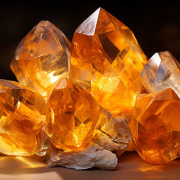

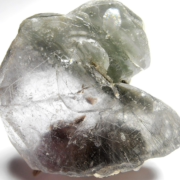
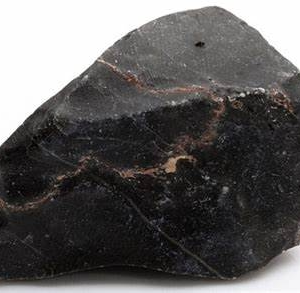
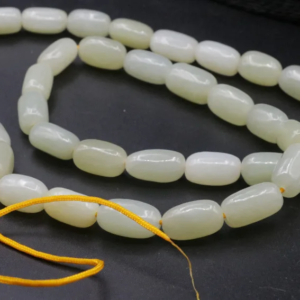
Leave a Reply
Want to join the discussion?Feel free to contribute!